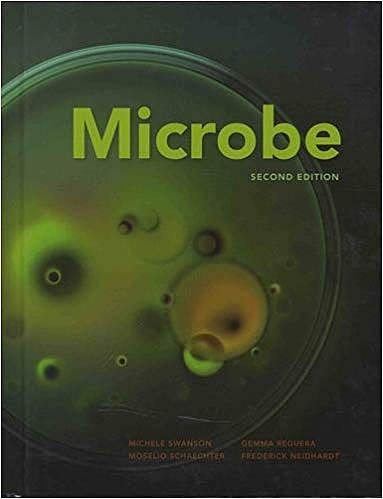
Microbe
Michele Swanson, Gemma Reguera, Moselio Schaechter, ... [et. al.]
2nd ed.
Washington, DC : ASM Press, cop. 2016
 |
Microbe Michele Swanson, Gemma Reguera, Moselio Schaechter, ... [et. al.] 2nd ed. Washington, DC : ASM Press, cop. 2016 |
25 termes
| ecological success n. |
|
| electrogenic sulfide oxidation n. |
|
| electromicrobiology n. |
|
| endemic cholera n. |
|
| endergonic adj. |
|
| endogenous retrovirus sequence n. |
|
| endolysin n. |
|
| endosymbiotic nitrogen n. |
|
| endosymbiotic theory n. |
|
| energy-coupled transport n. |
|
| Enterobacter asburiae YT1 [nom científic] |
|
| entry mechanism n. |
|
| environmental trigger n. |
|
| enzymatic regulation n. |
|
| epibiont n. |
|
| epidemic cholera n. |
|
| epigenetic regulation n. |
|
| EPS n. (exopolysaccharide) |
|
| Epsilonbacterium [nom científic] |
|
| eukaryotic genetic exchange n. |
|
| evolutionary consequence n. |
|
| exopolysaccharide n. (EPS) |
|
| external structure n. |
|
| extracellular electron transfer n. |
|
| extraterrestrial life n. |
|